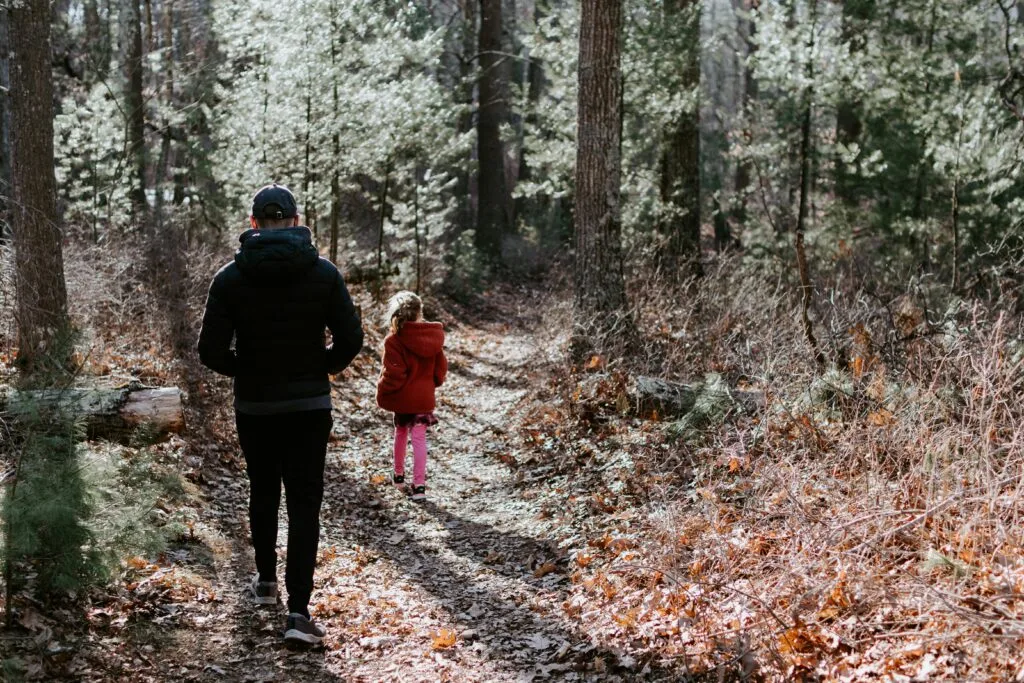Long before high-definition radar maps and sophisticated storm-tracking technology, the local weatherman was often the most beloved personality on television. With their trusty magnetic suns and clouds, hand-drawn weather maps, and sometimes quirky personas, these meteorological messengers became celebrities in their own right. Through blizzards, heat waves, and everything in between, these familiar faces not only told us whether to grab an umbrella but also became trusted members of our extended families, joining us for breakfast or dinner each day with their forecasts and friendly smiles.
1. Willard Scott
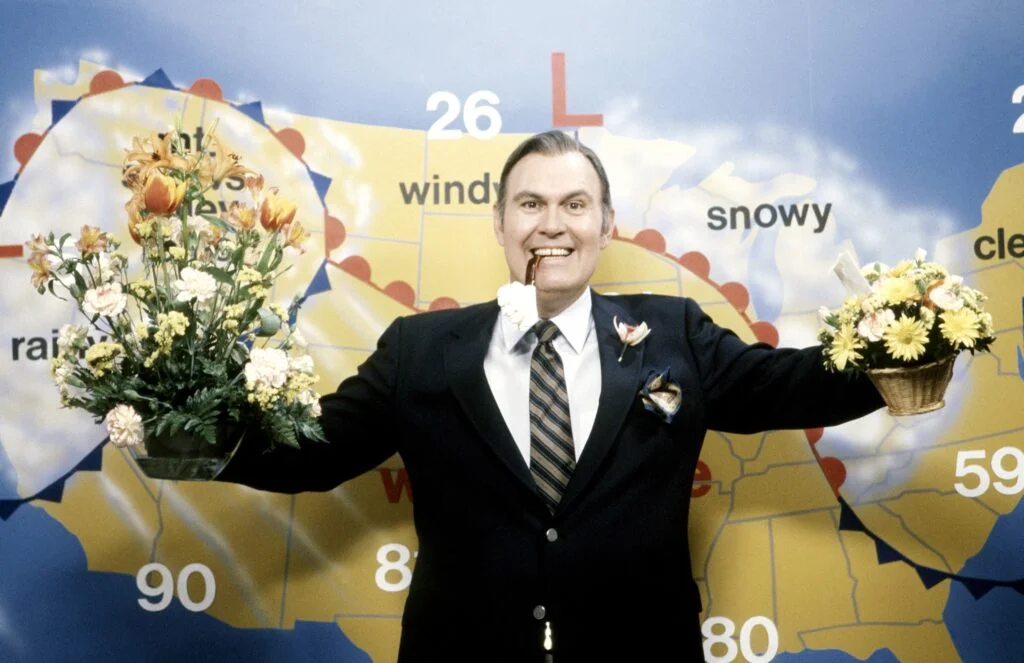
Beginning as the original Ronald McDonald in television commercials, Willard Scott found his true calling as the weatherman on NBC’s “Today” show, where his larger-than-life personality made weather segments must-watch television. His signature birthday wishes to centenarians, complete with Smucker’s jelly jar photos of the birthday celebrants, created a beloved tradition that had viewers sending in their parents’ and grandparents’ photos in hopes of a national birthday greeting. Scott’s willingness to dress in outlandish costumes—appearing as Boy George, Carmen Miranda, or even a giant pumpkin—made him the unpredictable jester of morning television who could brighten even the gloomiest forecast. CNN celebrated his remarkable life and shined a light on just how far his work stretched.
Scott’s genuine warmth and connection with his audience transcended the typical weatherman role, making him one of the most recognized and beloved television personalities of his era. His weather reports often meandered into personal anecdotes, hometown shout-outs, and folksy wisdom that made viewers feel like they were getting updates from a favorite uncle rather than a meteorologist. When Scott would broadcast from state fairs or local festivals across America, crowds would gather hours in advance just to catch a glimpse of the jovial weatherman who had become a legitimate American icon in his own right.
2. Al Roker
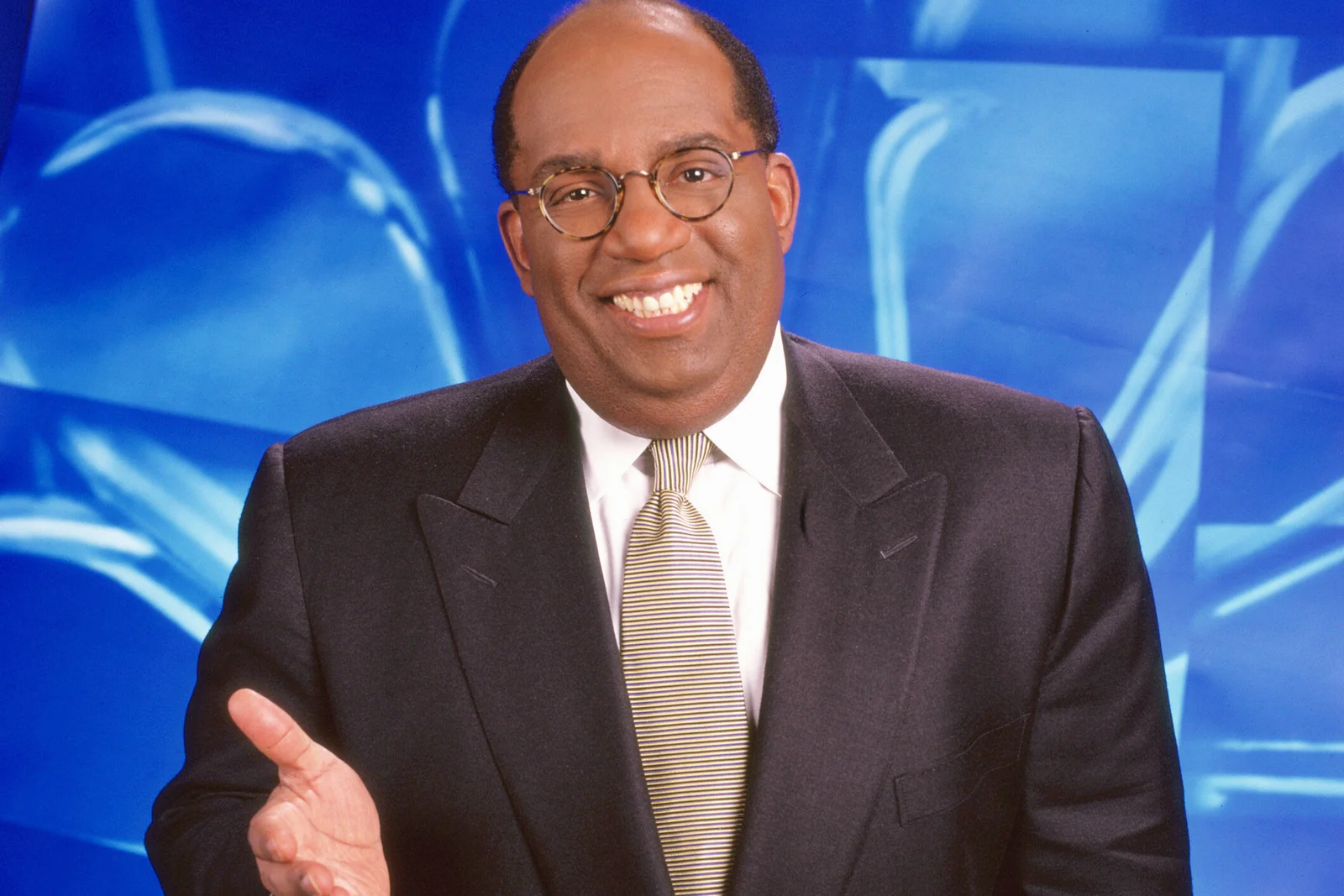
Before becoming the polished professional we know today, Al Roker paid his dues as a local weatherman in Cleveland and then New York, developing his signature blend of accurate forecasting and personable charm. Roker’s ability to convey complex weather information in an accessible, often humorous way made him a standout in local markets before he eventually succeeded Willard Scott on the “Today” show. His genuine enthusiasm for extreme weather events—getting visibly excited about approaching systems while still conveying the seriousness of potential dangers—made his segments both informative and entertaining. According to National Press Foundation, Roker’s philanthropic efforts have a meaningful impact as well.
Roker’s willingness to broadcast from the middle of hurricanes, blizzards, and floods demonstrated a dedication that viewers respected and an authenticity that couldn’t be faked. His famous on-air weight loss journey, openly discussing his health struggles and gastric bypass surgery, created a vulnerability rarely seen in television personalities of the era. When Roker set a Guinness World Record in 2014 for the longest uninterrupted live weather report (34 hours), it was the culmination of a career that proved weathermen could be both serious meteorologists and beloved entertainers simultaneously.
3. David Letterman
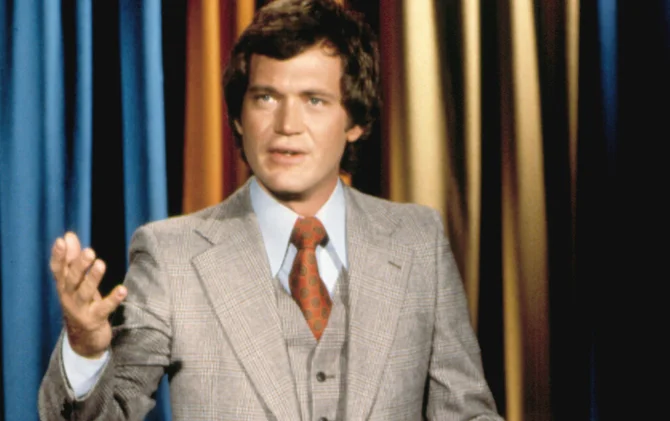
Before his late-night fame, David Letterman worked as a weatherman at WLWI (now WTHR) in Indianapolis, where his irreverent style and deadpan humor made him stand out in a field typically known for corniness rather than comedy. Letterman’s weather segments frequently went off-script, with the future talk show host making up weather phenomena, drawing smiley faces on weather maps, or congratulating neighboring cities for their pleasant weather “while we’re going to get socked right in the old weatherometer.” His delivery was so uniquely entertaining that station managers eventually gave him his own local talk show, despite the fact that his weather forecasts were often wildly inaccurate or completely fabricated for comic effect. The Atlantic goes so far as to call his influence unmatched by any other.
Letterman occasionally incorporated his weatherman experience into his later late-night shows, with segments like “Top Ten Signs You’re a Bad Weatherman” that poked fun at his former profession. His brief weatherman stint has become legendary as the launching pad for one of television’s most innovative comedic voices, proving that personality could sometimes be more important than meteorological accuracy. Years later, when accepting awards or giving interviews, Letterman would often reference his weatherman days as the time when he learned to think on his feet and connect with an audience—skills that would serve him well throughout his remarkable career.
4. John Coleman
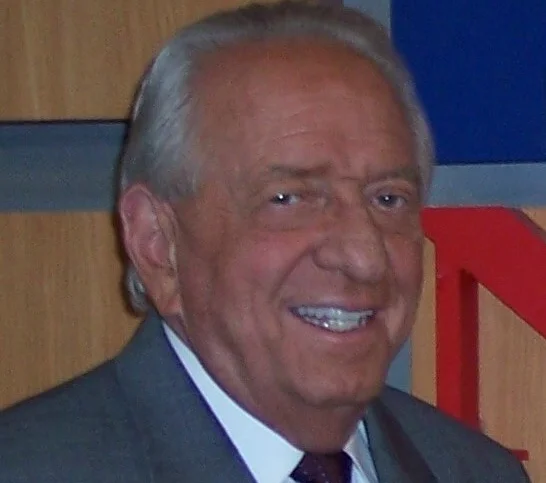
As the first weatherman on “Good Morning America” and later the founder of The Weather Channel, John Coleman’s energetic delivery and genuine enthusiasm for meteorology made him a morning television fixture. Coleman’s animated presentation style—with dramatic arm gestures, vocal modulations, and an almost evangelical zeal for weather patterns—made his segments memorable even to viewers who didn’t care much about the forecast. His famous catchphrase, “It’s going to be a beautiful day!” delivered with unrestrained excitement, became so well-known that comedians regularly imitated his enthusiastic delivery and boundless energy.
Coleman’s credentials as a serious meteorologist (he co-founded The Weather Channel in 1982) gave him credibility that many television weathermen lacked, making him trusted during severe weather situations. His ability to communicate complex meteorological concepts in accessible language, often using simple visual aids rather than technical jargon, made him a pioneer in how weather information was presented to the public. Coleman’s legacy extends beyond his on-air personality to how he fundamentally changed Americans’ relationship with weather information, transforming it from a brief segment at the end of news broadcasts to a 24-hour channel dedicated entirely to meteorology.
5. Tex Antoine

As the weatherman for WNBC in New York for nearly three decades, Tex Antoine’s “Uncle Wethbee” cartoon character became an iconic weather symbol for a generation of viewers. Antoine would draw the day’s weather conditions on Uncle Wethbee, adding raincoats, sunglasses, or snow boots to the character while delivering his forecast with theatrical flair. His baritone voice and distinguished appearance—complete with a thin mustache and immaculate suits—gave him an authoritative presence despite the whimsical nature of his weather presentation, creating a unique blend of entertainment and information.
Antoine pioneered many now-common weather presentation techniques, including the use of hand-drawn weather maps that he would create on-air, making each forecast feel personalized and unique. His career came to an unfortunate end in 1976 after an inappropriate joke following a serious news story, but for decades, he represented the quintessential local weatherman who became a celebrity in his market. Baby boomers who grew up in the New York metropolitan area still reminisce about rushing to the television to see what Uncle Wethbee would be wearing that day, a testament to Antoine’s lasting impact on a generation of viewers.
6. Bob Ryan

As the first on-air meteorologist for The Weather Channel before becoming a fixture on NBC’s WRC in Washington D.C., Bob Ryan brought scientific credibility to television weather forecasting when many weathermen had no formal meteorological training. Ryan’s ability to explain complex atmospheric phenomena—like the Bermuda High or the jet stream—with clear, concise language made viewers feel both informed and intelligent after watching his segments. During major weather events like hurricanes or the historic 1996 blizzard, Ryan would stay on air for hours, providing calm, measured updates that made him a trusted voice during potential emergencies.
Unlike some of his more flamboyant colleagues, Ryan’s approach was straightforward and science-based, earning him the respect of viewers who appreciated substance over style. His pioneering use of computer models and technological innovations in weather forecasting helped elevate the entire profession from “weather readers” to legitimate meteorologists. Ryan’s influence extended beyond his local market through his leadership in professional organizations and his mentorship of younger weather broadcasters, helping to transform weather reporting across the country into a more professional, science-based field.
7. Dr. Frank Field
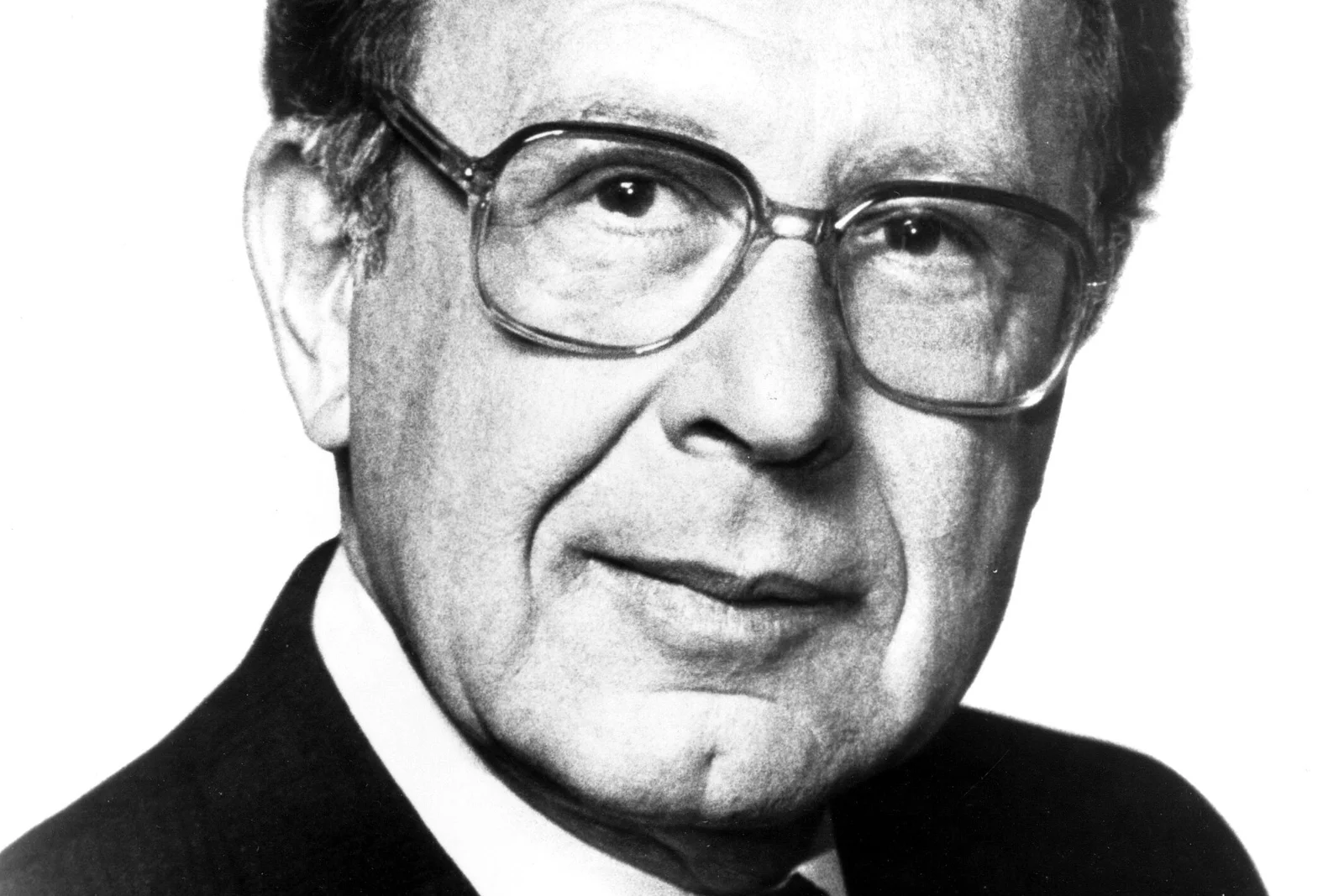
With his trademark bow tie and scholarly demeanor, Dr. Frank Field brought scientific authority to weather forecasting during his 25-year tenure at WNBC in New York. As one of the few weathermen with an actual science doctorate, Field expanded his segments beyond simple forecasts to include science demonstrations and health information, making him a trusted source for much more than weather predictions. His calm presence during severe weather events—explaining rather than sensationalizing—made him particularly valued during hurricanes, blizzards, and other extreme conditions when viewers needed clear information without panic.
Field’s science segments became so popular that they were expanded into longer special reports, covering topics from astronomy to zoology with the same clarity he brought to meteorology. His weathercasts often included educational components about why weather patterns were developing, teaching viewers about meteorology rather than simply telling them tomorrow’s conditions. Field’s influence extended beyond his own broadcasts through his son, Storm Field, who followed in his father’s footsteps to become another beloved New York weatherman, creating one of television’s first weather dynasties.
8. Pat Sajak

Before spinning the wheel on “Wheel of Fortune,” Pat Sajak honed his on-camera skills as a weatherman for WSM-TV in Nashville, where his quick wit and affable personality made him a local favorite. Sajak’s approach to weather forecasting emphasized entertainment over expertise, with self-deprecating humor about the uncertainties of predicting Mother Nature and charming banter with news anchors. His weather segments became known for their unpredictability, with Sajak occasionally breaking into song, performing quick impressions, or making playful jabs at other station personalities—all skills that would serve him well in his later game show career.
Sajak has often credited his weatherman days for teaching him how to think on his feet and connect with viewers through the camera. NBC executives noticed Sajak’s natural on-air charisma during his later weatherman stint at KNBC in Los Angeles, which directly led to his audition for “Wheel of Fortune” when the network was looking for a new host. Though his weatherman career was relatively brief, it represents a classic television success story of using the weather desk as a stepping stone to bigger opportunities—a path followed by many personalities who realized that forecasting came with a spotlight.
9. Tom Skilling
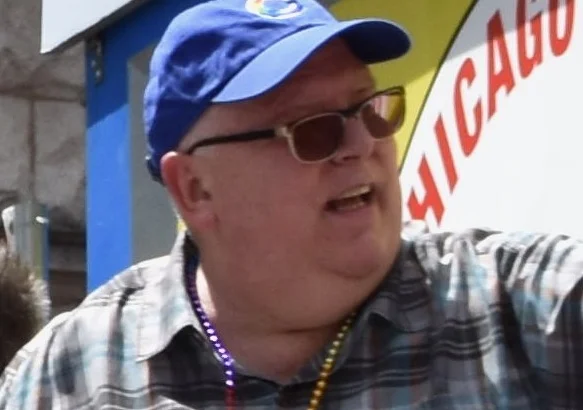
Chicago’s Tom Skilling elevated the local weatherman to celebrity status through his encyclopedic knowledge, unmatched enthusiasm for meteorology, and extended weather segments that dug deeper than any of his contemporaries dared. While most weathermen were given three minutes at the end of newscasts, WGN eventually expanded Skilling’s segments to a nearly unprecedented nine minutes, recognizing that his detailed forecasts had developed a devoted following. His fascination with even the most minute weather details—spending significant time explaining dew points, pressure systems, and lake effect phenomena—somehow never bored viewers but instead cultivated an audience that began to share his meteorological enthusiasm.
Skilling’s weather broadcasts often resembled mini science lessons, complete with multiple maps, graphics, and historical weather comparisons that respected viewers’ intelligence rather than dumbing down the information. His annual “Ask Tom Why” column in the Chicago Tribune, where he answered readers’ weather questions with professor-like detail, further established him as the region’s weather authority and expanded his influence beyond the television screen. Skilling’s obvious joy when tracking major snow events became legendary among Chicagoans, who would tune in specifically to see his barely contained excitement as he predicted snowfall amounts with inch-by-inch precision that his colleagues wouldn’t dare attempt.
10. Spencer Christian
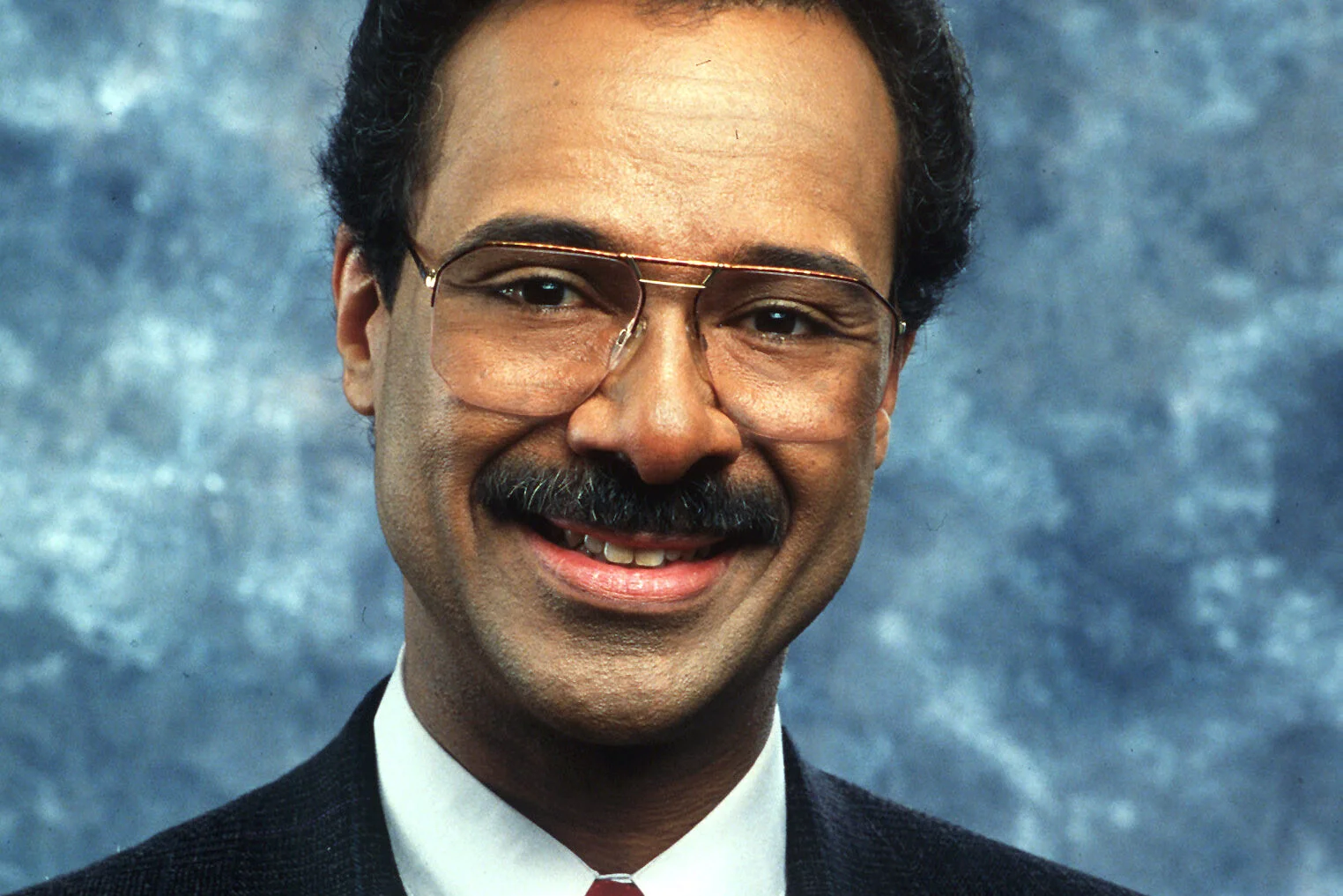
As the weather anchor for ABC’s “Good Morning America” throughout much of the 1980s and 1990s, Spencer Christian brought an engaging combination of meteorological knowledge and personal warmth into millions of homes each morning. Christian’s approach to weather reporting incorporated geography lessons and historical weather facts that educated viewers while informing them about current conditions, elevating the typical weather segment beyond mere temperature readings. His genuine excitement during remote broadcasts from locations around the country—whether reporting from a hot air balloon or the middle of a snowstorm—made him a viewer favorite who seemed to truly enjoy every aspect of his unique position.
Christian’s easy rapport with his GMA colleagues created natural, unforced banter that viewers came to anticipate as much as the forecast itself. His willingness to participate in good-natured pranks and stunts—including numerous April Fools’ jokes—humanized him and made the weather segment a highlight rather than an afterthought. Christian later revealed his decades-long struggle with gambling addiction, showing remarkable candor about his personal challenges even while maintaining his professional responsibilities—a revelation that only deepened many viewers’ appreciation for the weatherman who had been a trusted part of their morning routine.
Long before meteorologists had sophisticated computer models and satellite imagery at their fingertips, these weather personalities relied on charisma, communication skills, and often sheer showmanship to make their segments memorable. They transformed what could have been the driest part of a newscast into must-see TV, becoming household names and trusted friends to viewers across America. While today’s weather reporting may be more accurate and technologically advanced, many baby boomers still feel a special nostalgic connection to these weather celebrities who did so much more than just tell us if it was going to rain tomorrow—they made us care about the weather in the first place.

